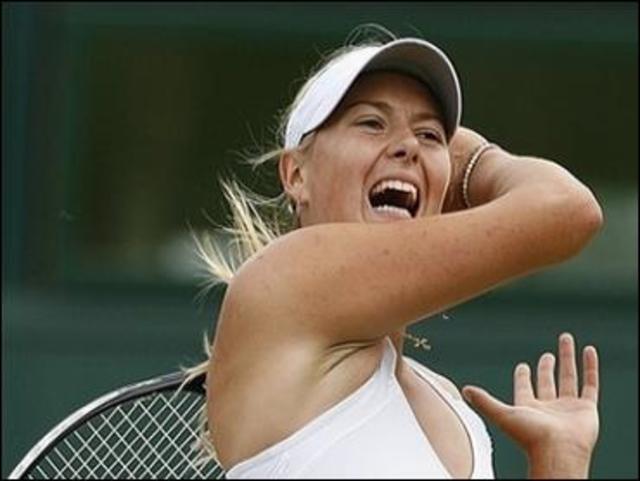
The number of senior athletes has steadily increased over the years, with more older people getting involved in competition. Many factors have led to an increase in the number of older adults taking part in sports, including a growing interest from seniors in the sport. Although physical fitness tends to decline with age, there are still ways to stay active and fit.
Sport motivation
Sport motivation in senior athletes is influenced by competition level, age, and gender, according to a recent study. The validated questionnaire was used in the study to measure motivation for sport participation. The table below shows Table 1. Participants were then categorized according to their sport. Moreover, the results indicated that the questionnaire had several psychometric properties.
The study involved 316 junior and senior athletes competing in three team sports. The three questionnaires required the participants to complete were self-report. Participants were also classified according to their sport or competition level. The results showed that football players were most motivated to achieve success, while handball players had the lowest motivation levels.
Ageing causes a decline in physical fitness
A decline in physical fitness can be caused by aging, such as a reduction in muscle mass, force and endurance. Additionally, muscle flexibility decreases and becomes more rigid. This can negatively impact the ability to do intense exercise. Many senior athletes can still perform extraordinary feats despite the fact that they are older.
The study showed that aerobic capacity in both men and women fell by 20% over a decade. The decline in men was higher than that of women after the age of 40. This accelerated rate of decline has implications for functional independence and quality of life.
Exercise regimens
All ages of athletes can benefit from an exercise program. Cardiorespiratory exercise, strength-training exercises, balance and flexibility exercises should all be included in senior athletes' workouts. These exercises can improve balance and strength. Even though older athletes have fewer injuries, they still need the muscles and endurance necessary to keep up with their competition.
You should get your medical clearance before starting an exercise program. If you have a history of injuries or a history of chronic illness, you may need to modify the intensity of your workouts. To get the best out of your program, you might need to change your medication schedule or meal plan.
Nutrition
Senior athletes should have a nutrition plan that suits their needs. In general, athletes should follow the principles of good nutrition to maximize overall health and athletic performance. Dietary advice should be individualized and should consider preventive health recommendations. A registered dietitian can provide dietary prescriptions for senior athletes. Senior athletes might be interested in other topics, such as weight control and exercise.
A balanced diet is important for older athletes. They should eat nutritious foods and consume high quality calories to ensure they are eating a balanced diet. This can aid in recovery after hard workouts, and help reduce the risk of debilitating ailments such as age-related dementia. A senior athlete should, for instance, eat healthy carbohydrates to fuel the body and maintain a healthy weight. They should also eat high-fiber and antioxidant-rich foods.
Balance
Balance is a major concern for senior athletes due to the physiologic changes associated with age. For safe and effective athletic performance, orthopedic and sport healthcare professionals must first be able to understand the changes that have occurred in the body. This will allow them to design and implement an SMT programme that addresses these issues. Balance training is an important component of overall fitness. It promotes muscle strength, improves postural alignment, and prevents falls.
Proprioception, also called joint positional sense or proprioception, is an essential component of balance. Studies show that elite athletes suffering from ACL injuries have significantly reduced Joint Positional Sensitivity, which could indicate that secondary injuries are possible. Researchers compared Joint Positional Sensory Sense from 30 UCL-injured athletes to those of 30 others.